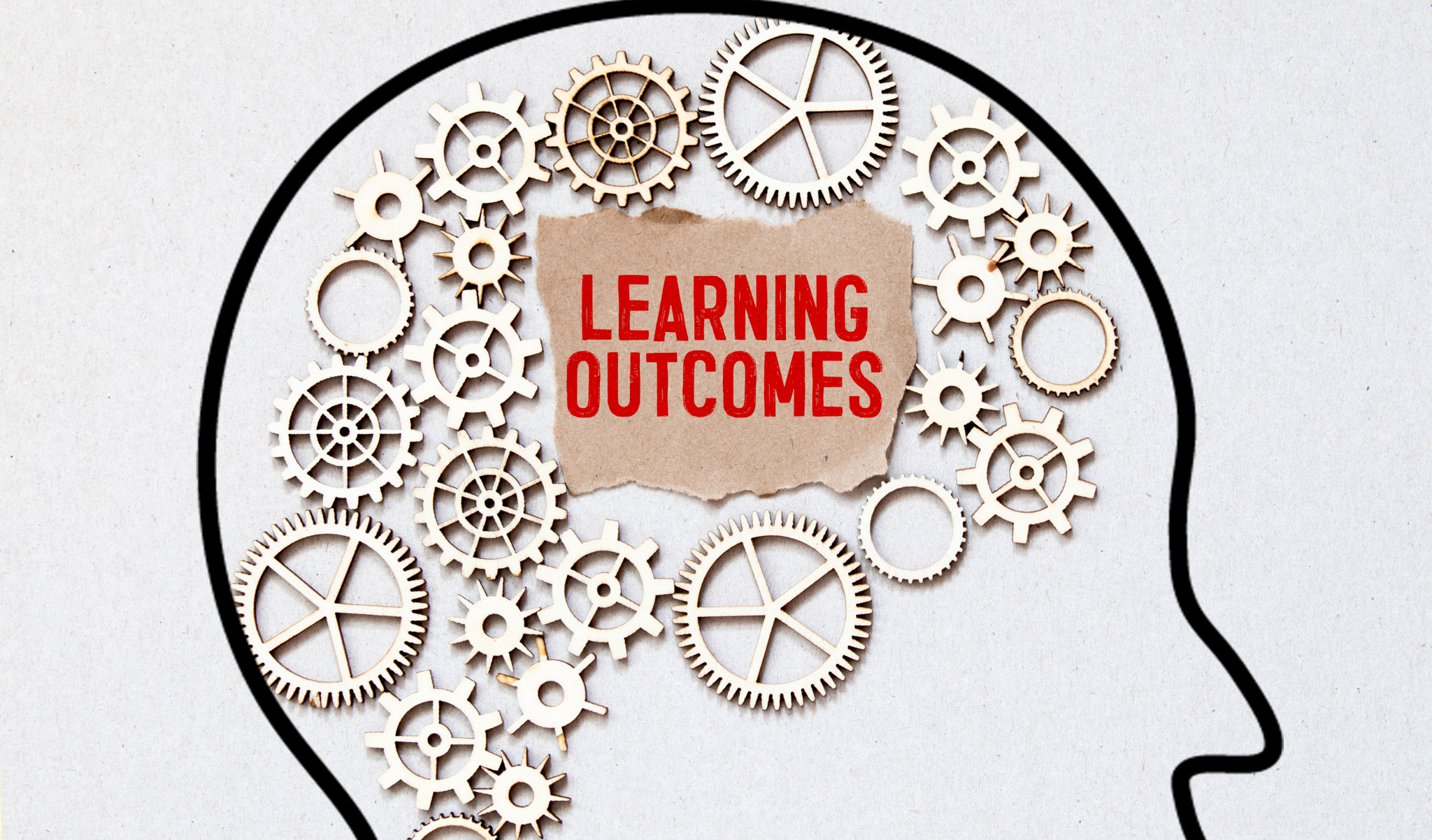Writing Systems Thinking Learning Outcomes

Zolak | shutterstock
Now that you have considered the ways in which you can incorporate systems thinking into course content, you may want to adjust your course learning outcomes to strengthen your course’s connection to the mindset.
Strong learning outcomes identify the critical/essential knowledge, attitudes and behaviours that a learner is expected to demonstrate upon completion of a course. They describe learning that is meaningful and significant, and transferable to other contexts.
Systems thinking learning outcomes, much like any other component of learning systems thinking, do not have to be so explicit in their language about “systems thinking” or other related terms. Consider the systems thinking competencies — related skills and attitudes that may not be used in the context of your course to teach systems thinking but can be transferable to other courses or beyond to help learners develop their systems thinking mindset.
Strong learning outcomes typically include three essential ingredients:
- an action verb,
- a learning statement (the “what”) and
- a criterion (governs the “what”).
Let's consider an example:
Develop a reliable system thinking method to address complex system-level challenges in healthcare and influence systemic change.
Action Verb
Develop...
Learning Statement
...a reliable systems thinking method...
Criterion
... to address complex system-level challenges in healthcare and influence systemic change.
While it is not as explicit that systems thinking is being learned with the learning outcomes below, they nevertheless help learners develop a systems thinking mindset by engaging them with systems thinking competencies within the subject being learned:
- Apply evidence-based assessment techniques that accurately classify an individual’s current health and fitness status for multiple categories.
- Examine how the impact of religion on historical events continues to shape present politics and culture.
- Assess the impact of colonization, racism and intergenerational trauma on Aboriginal Peoples.
- Map patterns in global migration and discuss their causes as well as their effects on countries of origin, transit and arrival.
- Examine various influences on regional culture (including politics, history, gender, religion, geography, etc.).
Try It
Complete each of the three steps to craft one or more systems thinking learning outcomes for one of your classes: Verb (Action) + Learning statement + Criterion.